
A Wellspring of Waste with Garden Futurist Deborah Pagliaccia

Contributor
- Topics: Garden Futurist, Sustainable Gardening
Winter 2021
Listen to the full Garden Futurist: Episode IX podcast here.
One researcher is taking an unexpected approach to industrial agriculture’s greatest environmental challenges while simultaneously highlighting techniques that are accessible to gardeners today. Food waste sustainability applies to everyone from individual households to entire industries. Garden Futurist co-producers Sarah Beck and Adriana López-Villalobos learn how Dr. Deborah Pagliaccia applies a multidisciplinary lens to complex problems such as soil health, water use, fossil fuel use, hunger, and food access.
Pagliaccia is a professional researcher in the Department of Microbiology and Plant Pathology at the University of California, Riverside. She is also the managing director of California Agriculture and Food Enterprise (CAFÉ), a program that supports connections among those interested in food and agriculture on the campus and in the community.
“She really makes the case that you don’t need to be a plant scientist to contribute to sustainable food systems. Although this is a very complex problem that is related to the linear economic systems and involves politics, policy and cultural changes, there are things we can do about it,” Adriana López-Villalobos said.
Pagliaccia aims to scale sustainable practices into industrial agriculture. “This issue of food waste and conversations about sustainable food systems are highly relevant to all of us. Gardeners can appreciate the importance of keeping plant material out of the landfill,” Beck said. Pagliaccia’s research focuses on fermented bioproducts that “feed” plants and microorganisms. She gathers this fermented food waste, which she calls digestates, from a type of composting called bokashi. This process ferments food rather than fully decomposing it.
Bokashi differs from other kinds of composting by relying on fermentation that happens when no oxygen is present, also known as anaerobic fermentation. Bokashi retains more carbon than other types of composting, resulting in a smaller carbon footprint (Bosch, Hitman, and Hoekstra 2017). Individual gardeners can incorporate bokashi into their home gardens with the help of a tightly closed container and bokashi bran, a substrate that encourages the growth of good bacteria and yeast.
These ideas are not new, but the application on a large scale is new. Pagliaccia aims to recycle organic material as often as possible before moving it to the landfill. This circular method of consumption represents a significant cultural and industrial shift from our current linear economic system’s reliance on single-use products.
During the following conversation, Beck and Pagliaccia discuss food waste, food security, bokashi composting, water cycling, plant microbiomes, circular economies, and the future of agriculture. This interview has been edited and condensed to reflect the audio version on Garden Futurist.
Sarah Beck: Your work addresses the issue of food waste, which poses a serious threat to the planet.
So much food is thrown away. This waste represents not only an economic loss, but a significant waste of freshwater resources. Can you explain briefly how food waste has so many negative impacts?
Deborah Pagliaccia: Yes. As you said, food waste has deleterious effect on our environment, our society, and our economy. It’s at least one third of the food that is produced that goes to waste. And that’s equal about 1.3 billion tons between fruit, vegetable, meat, dairy, and all kinds of food waste.

And that food, basically, some of it never leaves the farm. There are all these low-quality vegetable bioproducts that have no commercial value or it get lost or spoiled during our distribution, from the time that they leave the farm to when they reach the grocery store. And then there is some more thrown away at hotels, schools, in our kitchens.
So most of this waste is not recycled unfortunately, instead it ends up in the landfill. And I think it’s taking up around 20, 21 percent of America’s landfill.
Sarah Beck: Wow.
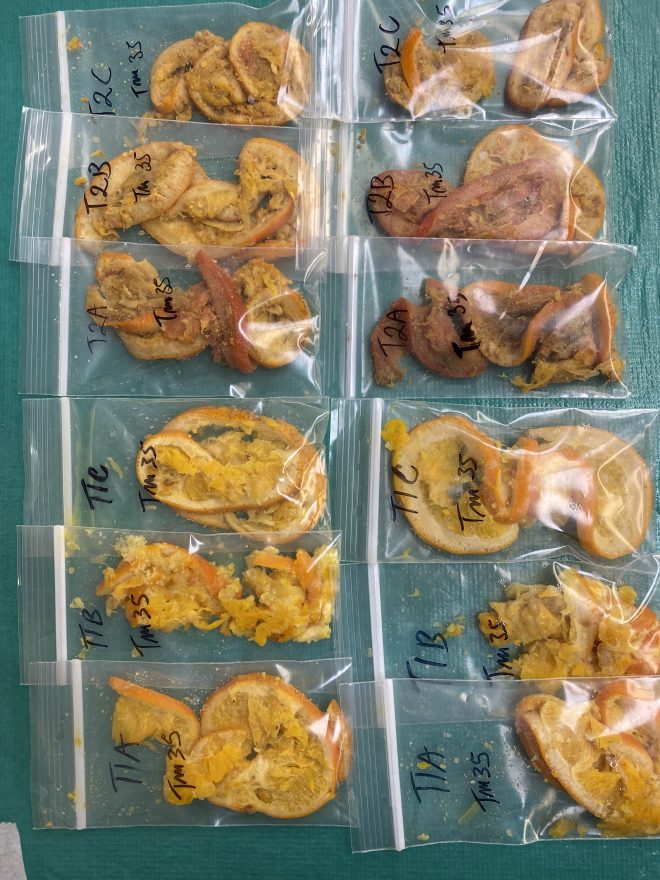
Deborah Pagliaccia: Yeah, that’s a lot. And it’s contributing to between 7 and 9 percent of total, in US, greenhouse gas emission. So that’s a high volume, and beyond the environmental impact because you have these greenhouse gas emissions, you are wasting the energy, you are wasting water. Seventy percent of the water throughout the world is used for agriculture. So when you waste food, you waste water.
That’s not it. There is more to it. So beyond the environmental impacts now there is a negative impact on our society because think about all the millions of people, low-income population, many small, older farmers and they’re food insecure. They don’t have access to food. They don’t have the dollars to buy that food.
So, we need to find a way to improve the efficiency of our food supply chain. So we can lower the production costs for farmers while we lower the cost of food to the consumer, doing so we can increase the access for the low-income population and for everybody.
Sarah Beck: This is a huge issue. I’m so glad that you’re shining a light on this because, as you just mentioned, the layers of impact here are just enormous.
Deborah Pagliaccia: Yeah. And they calculated it, actually. So we waste 1.3 billion tons of food, and they calculated that that food could be enough food and calories to feed 2 billion people on our planet.
Sarah Beck: Oh, wow. It’s mind boggling and I’m really excited to hear you talk about some of the ways that there could possibly be a way forward as a remedy.
So gardeners know that compost made from food scraps helps plants grow. That’s really essential for most of us as gardeners. You’re doing some revolutionary work that transcends this idea. You’re using fermented food waste to create a liquid fertilizer that boosts the number of beneficial bacteria within the plants themselves. Can you please break this down—sorry, no pun intended—break this down for us so we understand the basics?
Deborah Pagliaccia: Yes. So first I don’t know if I would call it a fertilizer. That’s a part of the project, the outcomes, but I would call it plant biostimulant rather than a liquid fertilizer, and you’re going to understand why in the next few minutes while I’m talking.
So we said food is reaching energy, water, and nutrients. So, we know that in general, food is very different. So food waste can be very different composition, but we know in general that it has high content of solids, high carbohydrates. It’s low in cellulose and lignin, high in protein and lipids. And for that reason, food waste, it’s the perfect substrate to be fermented through anaerobic fermentation.
And that’s what I was doing and I did with my research. I basically took food waste and basically inoculated with a bran that has microbes, good microbes, and created basically an anaerobic environment to process the scraps.
So basically there is a kind of a fermentation without oxygen. And everybody can do that nowadays. You can buy a bucket and you buy the bran inoculated with bacteria and you mix it with your food waste. During the fermentation, which lasts about two weeks, the first two weeks, basically the bacteria and the fungi, they start breaking down the food, but you don’t really see the food breaking down. You basically see food, it’s pickled. It looks like pickles.
Sarah Beck: Wow.
Deborah Pagliaccia: Bokashi use specific bacteria, which are the lactic acid bacteria, it’s the one that you’re using there in your yoghurt, and then there is photosynthetic bacteria, like the Rhodopseudomonas and the Streptomyces and yeast, the one that they are in the bread.
Sarah Beck: Wow. And you called this bokashi? Did I have the name right?
Deborah Pagliaccia: Yeah, yeah. Yeah. So all these are like beneficial bacteria, they work with each other, and they basically break down all the organic matter and they metabolize it to a simpler molecule that can be used by the plants and by the microbes in the rhizosphere and in the soil.
Sarah Beck: So what you’re talking about is something that, if we were to think of this on a home compost scale, you have this pile of food waste and plant clippings and material. You would take this biostimulant and you would inoculate it, in other words, it’s this very tiny amount of the substance, but you’re able to basically treat your whole pile as if it was something you were going to pickle. You described that as almost like pickling, it’s fermenting, and it only takes this little amount and it has this impact and spreads throughout the whole pile.
Deborah Pagliaccia: Yeah, that’s what it is. So you layer, you do like a cake layer, you put a layer of your food waste and you sprinkle with the inoculum, I think it’s like, two or three tablespoons for each inch of waste, and then you press it down. So you take out all the oxygen in between the waste and then you form more layers, more layers.
When your bucket is ready, basically you seal the bucket and the bucket, it costs, I think it’s around $50, or you can even make it by yourself. You can buy two buckets and, build it by your own. And you close it and you let it ferment for two weeks. And after two weeks you take it out and you mix it for another two weeks in the soil.

And at that point, all the lactic acid that was formed during the fermentation process and many other compounds, basically through the oxygen, they form other compounds and one of them is the pyruvate. And pyruvate is a fundamental energy carrier in biological processes. Again, it can be used by microbes in the soil and by the plants.
We don’t have that much research yet but there is already a lot of publication and a lot of outcomes. We know the outcome already, we know that it improves plant growth and many other things.
[underwriting break]
Sarah Beck: So as you use this process, you are turning food waste into this new substance. And you can tell me what you would call that. Because if this biostimulant gets inoculated into that substance, you now have something that can improve plant health. Can you talk about just how this fermented compost, this new material that comes from the process works, then, to help plants?
Deborah Pagliaccia: Yes. So you asked me how I would call it. There is different names. So in my publication, I call it digestates, from digesting.
Sarah Beck: Digestates, OK.
Deborah Pagliaccia: Yeah, or I call it food waste bioproducts because it’s a bioproduct from the waste after it’s been transformed. So either digestates or food waste bioproducts.
And what does it do? How does it improve the plant? There’s still a lot to do there, but basically there is three main things it does. He is a biostimulant, he’s a biofertilizer and he act as a biocontrol. Basically, the bokashi fermentation, accelerate the composition of these organic compounds into plant-available nutrients. And that’s what’s going to basically lead to a change in biological, chemical, and physical soil characteristics.
Sarah Beck: I appreciate now why you said don’t just call this a liquid fertilizer because it sounds like, certainly that is an element of what we’re talking about here. You are getting something that imparts fertility, but it sounds like there are several other things going on here.
I want to get back to this conversation a little bit about water as well, because you were mentioning just how much water resources used in agriculture in general. And obviously preserving water resources is critical to climate resilience. You use a water system cycle that saves water in this process. Can you talk a little bit about how water is used in this system?
Deborah Pagliaccia: So I did my PhD in France, between France and Italy, and we use a recirculating system. Basically, in this closed recirculating system, the water is recycled. You don’t irrigate your water. You don’t have leachate going into the environment, but instead, it’s recirculated and it’s reused. And by doing that, basically, you save between 70, 90 percent of the irrigation water.
Not only that, but if you combine a recirculating system and your main food waste digestate, then wherever you have these bacteria producing all these metabolites and all this carbon circulating in the irrigation water, now you don’t lose it. Because every time the irrigation water start, it’s basically going to irrigate your plants with that nutrient-rich fertigation water.
Sarah Beck: Could this be applied on a larger scale for growing practices in the future?
Deborah Pagliaccia: Of course there is already many, they call it hydroponics. I don’t like to talk about hydroponics because usually people, when they think about hydroponics, they think about soilless-
Sarah Beck: They assume there’s no soil involved, right, right.
Deborah Pagliaccia: -there is no soil. No, no, hydroponics come from the Greek word. Hydro, ponics, it means work of the water. So it just means that you are working the water to recycle it.
Soil is important. We can build on it. We can regenerate to create a more sustainable agriculture.
Sarah Beck: Wow. No, this is really interesting because it has so many applications. It sounds like the individual home-scale gardener all the way to a small urban operation—if you’re talking about a vertical operation or something—and then even someone in a large-scale field-type operation.
I know that I had mentioned that I get really excited about the microbiome when that gets mentioned. And I know you had told me that you experimented with giving young plants, what you called a dose of mature plant microbiomes. Can you describe this element of the research? Is this related to the same work?
Deborah Pagliaccia: So I’m trying to combine a little bit of everything, but we need to harness what nature gave us. So plants already possess the ability to recruit and associate with beneficial soil biota.
In my opinion, there is no need to introduce this plant-growth-promoting material. People buy biocontrol. You can buy it in the store, but those bacteria that were selected in a different plant, in a different soil, who knows where? So use your own plant to do that.
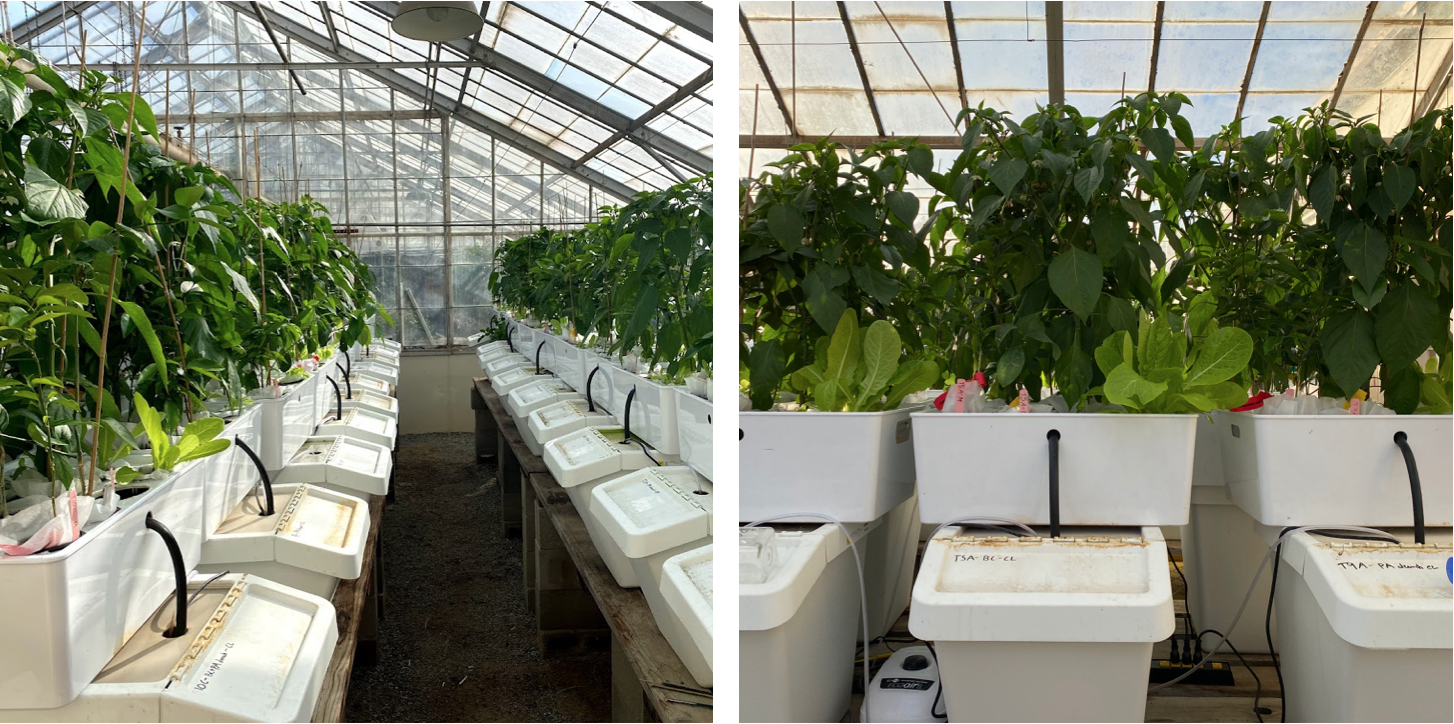
What I’m trying to show with my research, and I’ve already done some preliminary trials—I had a 20 percent increase on production, just washing out the microbiome or the microbiota from the mature 40-year-old root system. And then I take that leachate from the root system, I inoculated seeds of the same variety of the same plant. And I follow the growth and after five months I had 20 percent increase in length, in stem caliper. So the plant really already, inoculated with its own mother plant, it’s already growing better.
Now, imagine if you take the microbiome from the mother plant, you feed it to the young plant and then you start amending it with the food waste digestate, which they are reaching all these carbon and organics and then those bacteria that are going to start munching on it.
Sarah Beck: Wow.
Deborah Pagliaccia: Yeah, and they’re going to live better. So, and that’s going to improve again, if you have a good initial microbiome and you start feeding it and you give other material where they can live, like biochar, the plant is going to thrive because he has all these good organics and carbon and biofertilizer and now you have its own microbiome from its own mommy, mommy plant.
Sarah Beck: Wow. This is like in addition. You’re basically creating superpower plants, but it’s not magic. This is science and it’s incredible.
Deborah Pagliaccia: And it’s all internal, they’re all internal processes. You aren’t adding, you’re not buying the fertilizer, using something that is going to go to the landfill. No, you take it back and you add value and you put it back.
Sarah Beck: So you also talk a lot about food systems and you’re focused on making food systems more sustainable. A big concept that you’ve talked about is the circular economy. Could you define what that means in a simple way?
Deborah Pagliaccia: Yeah. It’s a very simple concept. So how is our economy now? It’s a linear economy. It’s a straight line. So basically you have a linear economy, which is based on take, you make, you consume, and you dispose model. So you’re done at the end of the cycle, if you have even a pen or anything, you just throw it in the garbage.
In the circular economy concept, the value of that resource—it doesn’t matter if it’s food waste or it’s something else, a material—it’s maintained in the system as long as possible. You need to try not to send it to the landfill, try to maintain as long as possible and try to reclaim, try to extract as much value as possible before you return them to the biosphere.
Sarah Beck: So your food waste concept fits perfectly into this idea, because it’s food and then some of it ends up being waste, maybe waste is actually the wrong word. Maybe we need to start describing the food that we don’t, that doesn’t get eaten as something else if it’s not wasted.
Deborah Pagliaccia: It’s true. It’s true. You’re right. We need to mimic what the natural system does and natural systems, they don’t have a linear-
Sarah Beck: Right, it sounds like there’s no end of the line.
Deborah Pagliaccia: Yeah.
Sarah Beck: It sounds like one takeaway for a gardener is a lot of these concepts can be applied right now, already, because this science really exists now. And maybe it’s like, well just wait, because we’re going to be seeing the application of some of these concepts that we can already use in a gardening setting being used, hopefully in an agricultural, a really large-scale agricultural setting. And maybe we will see systems becoming more sustainable and our food systems improving in these vast ways. It’s really exciting to think about.
Deborah Pagliaccia: Yeah. You said it very well. You can start using another way. So solutions that can be implemented by small farmers and homeowners right away, and then the research is going to elucidate the other things that we don’t know about carbon and nitrogen.
Basically what’s missing from all this process is to know that when we’re applying in the large scale, what’s going to happen to the carbon to nitrogen ratios? Are you going to have nitrogen tied up in the soil or that nitrogen is going to be released? So what kind of food waste can we use? Maybe there is some food waste that are better than others. So that’s what the research is going to tell us: how we can use it to scale up the process.
Garden Futurist is a show about innovative thinkers contributing to a climate resilient future through the power of gardens. If you like Garden Futurist, please consider subscribing wherever you get your podcasts and leaving a review on Apple Podcasts.
Resources
See University of California Riverside’s CAFÉ for more from Dr. Pagliaccia and her colleagues.
Bosch, M., A. Hitman, and J. Hoekstra. 2016. “Fermentation (Bokashi) versus Composting of Organic Waste Materials: Consequences for Nutrient Losses and CO2-footprint.” Food Innovation Services, Wageningen, The Netherlands.
Share:
Social Media
Garden Futurist Podcast
Most Popular
Videos
Topics
Related Posts
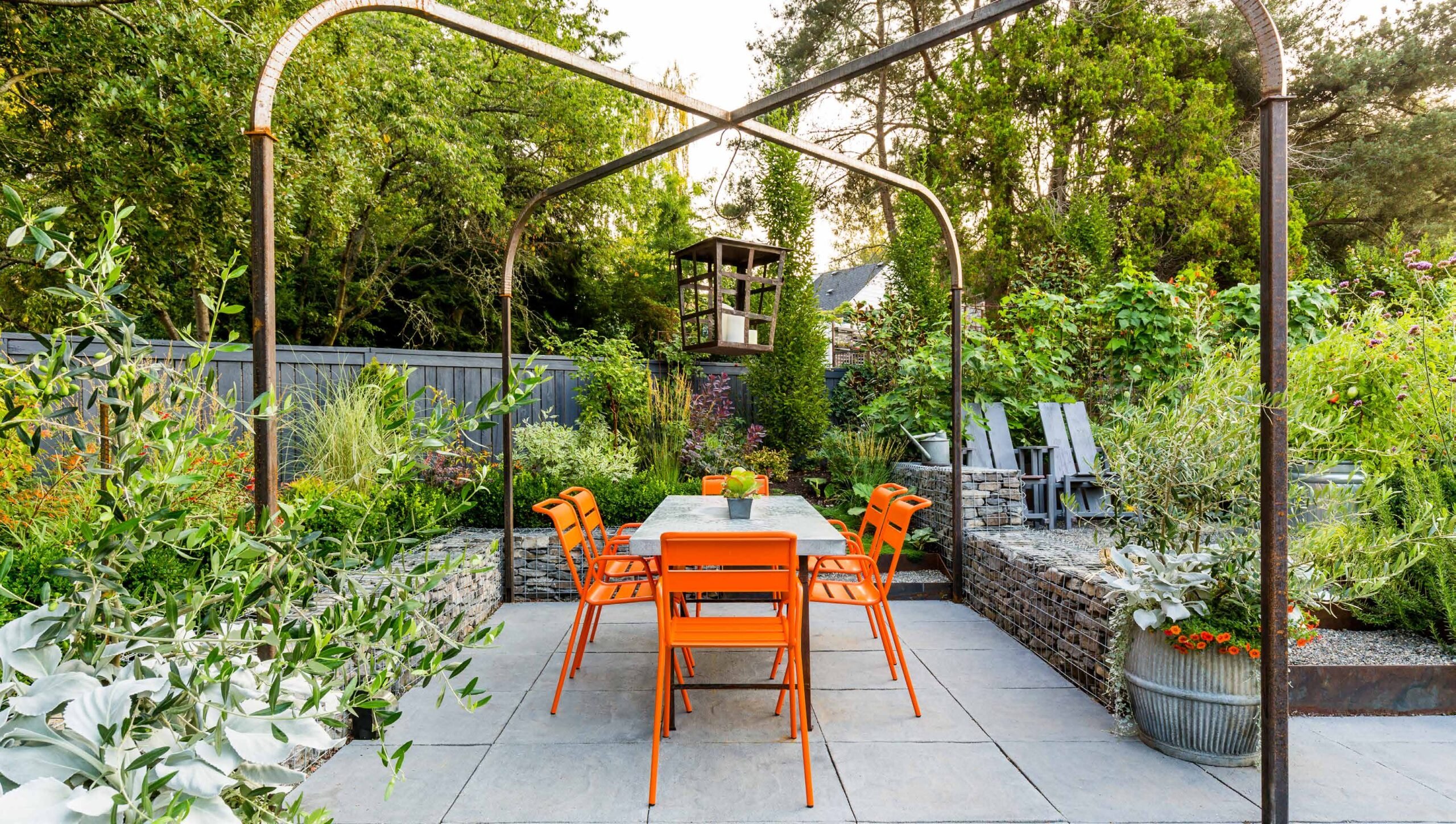
Design Futurist Award Announced: Committee Shares Vision
March 8, 2023 At Pacific Horticulture, we believe that beauty can be defined not only by gorgeous plants and design, but also by how gardens
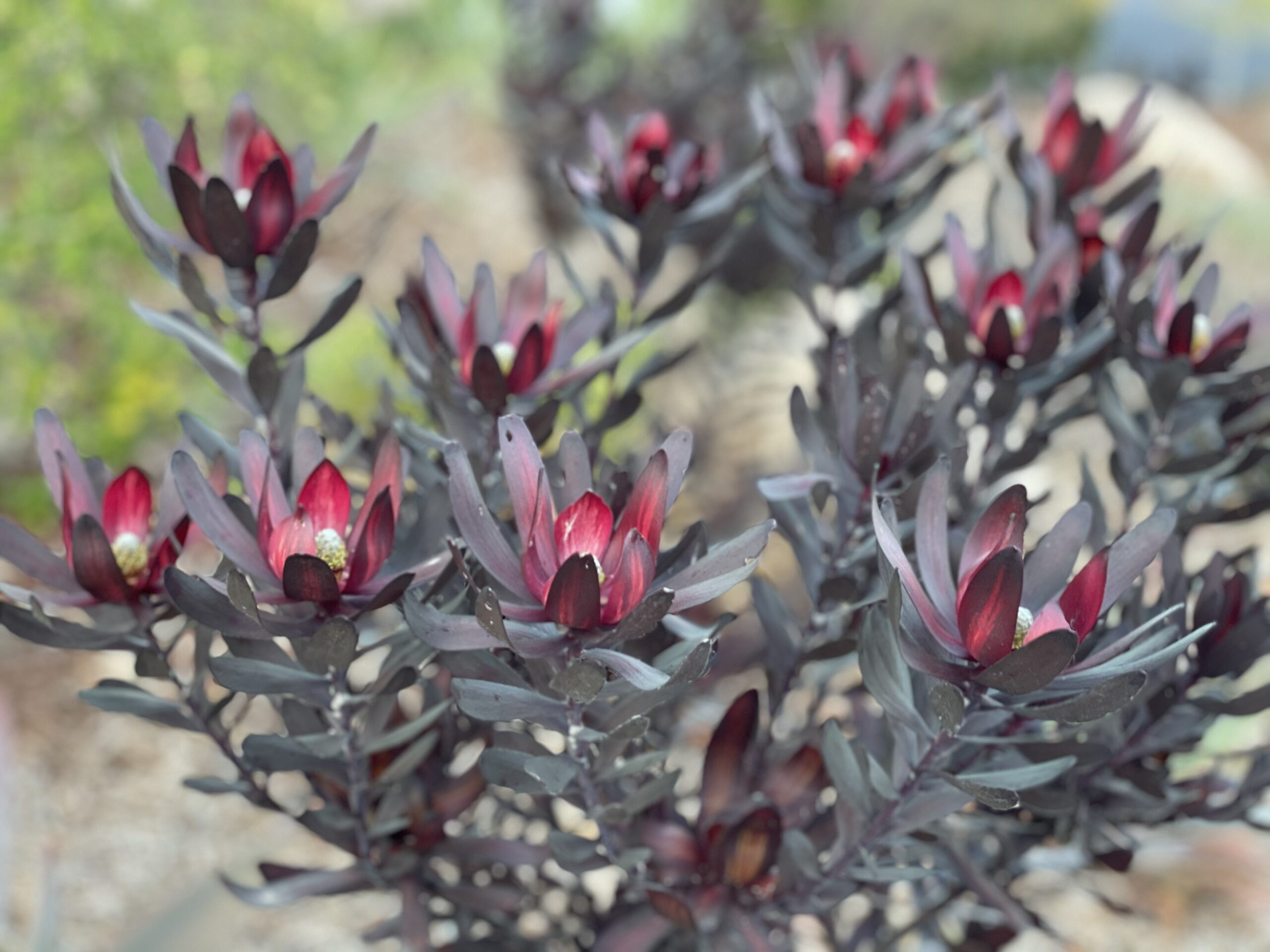
Expand Your Palette: Waterwise Plants for your Landscape
There’s nothing more thrilling to plant lovers than discovering new plants to test in the garden. Here in the southernmost corner of California, we have

Portland Parks’ “Nature Patches”
Winter 2022 Nature is so beautiful when left to its own devices, yet crisply manicured lawns remain a status symbol. This is true in Portland,
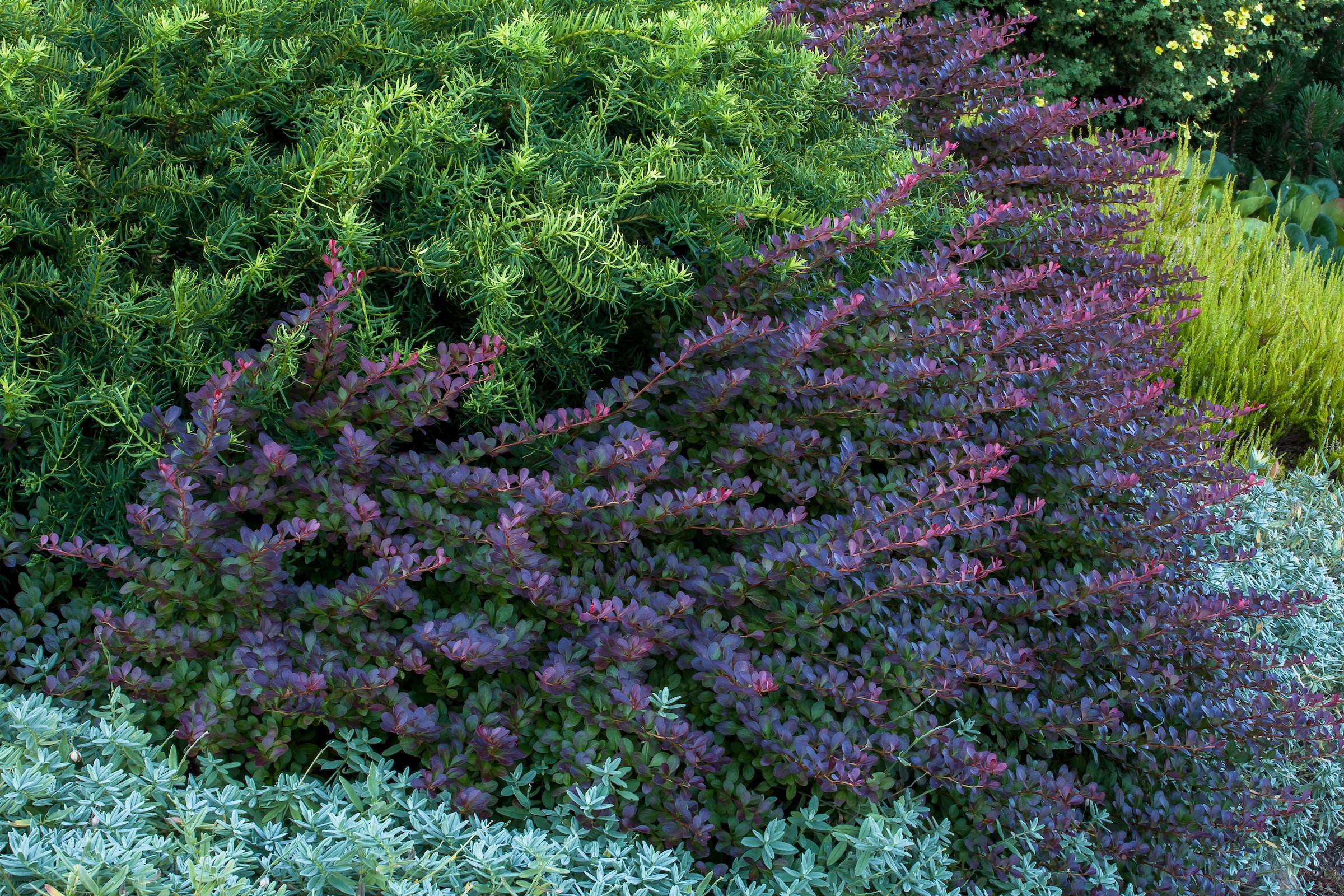
Readily Available Low-Water Plants for a Warming Climate
Fall 2022 Al Shay is the manager of the Oak Creek Center for Urban Horticulture on the campus of Oregon State University (OSU) in Corvallis.










Responses